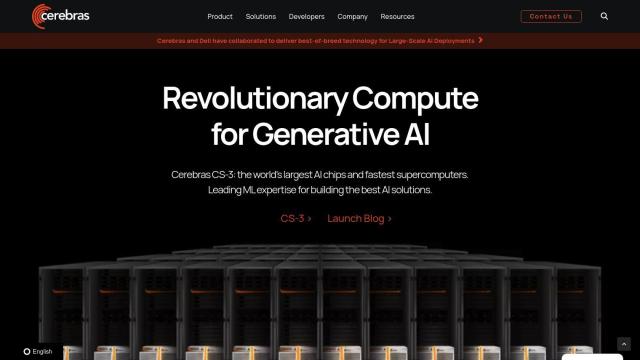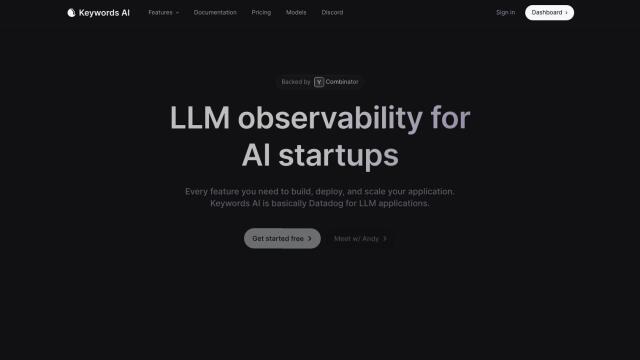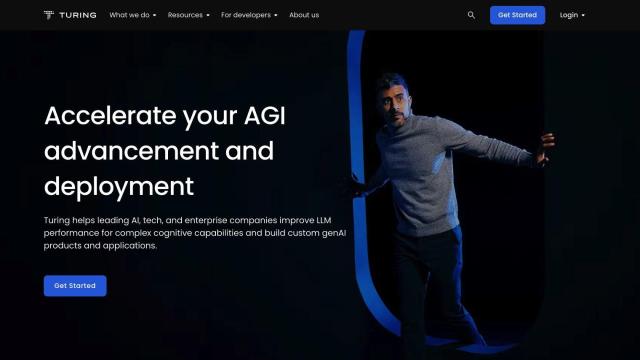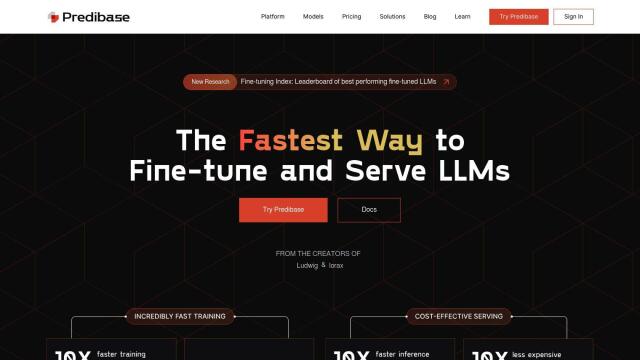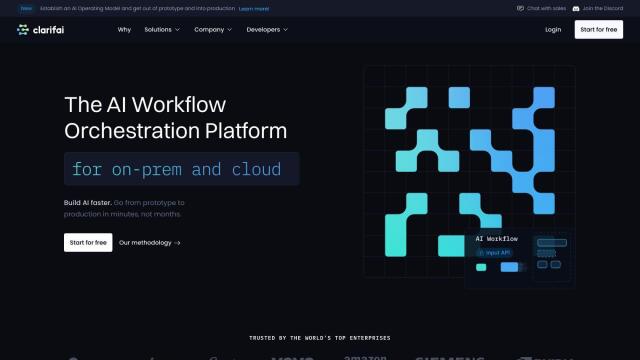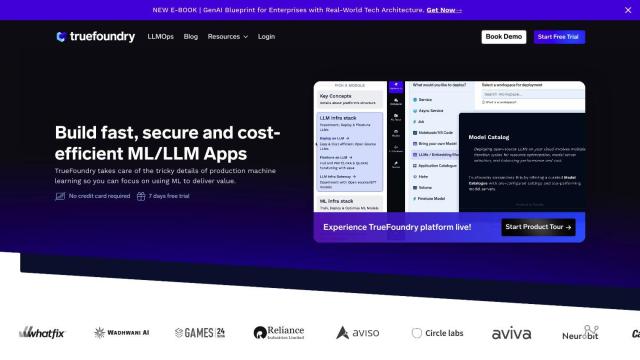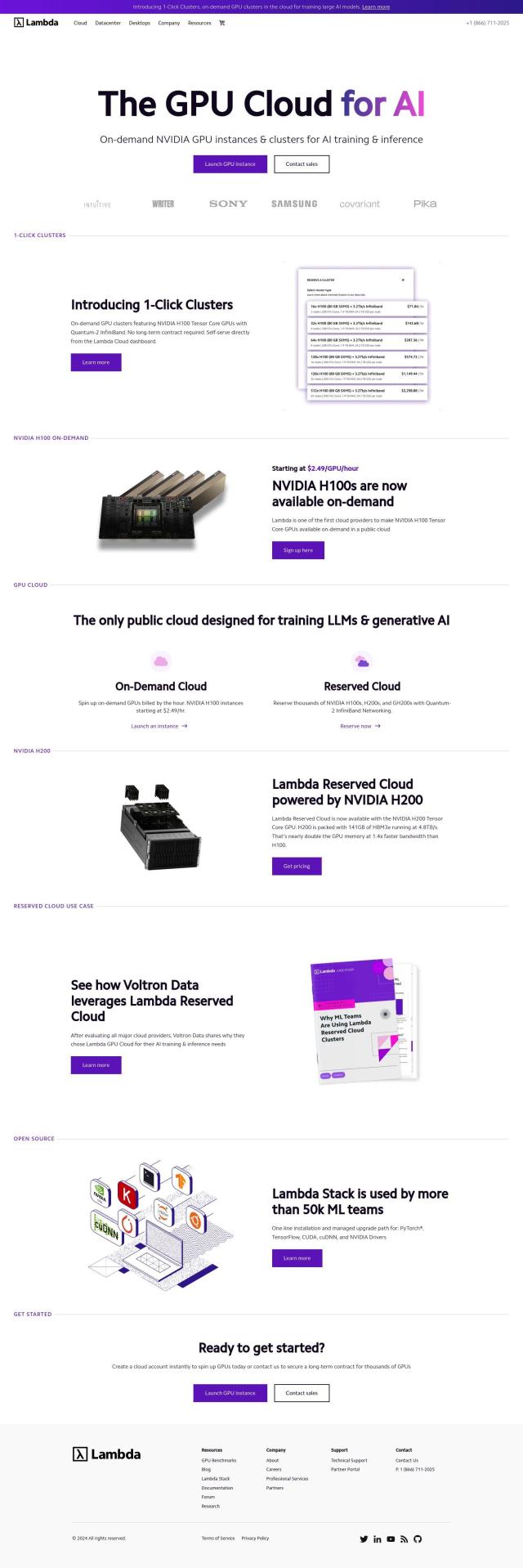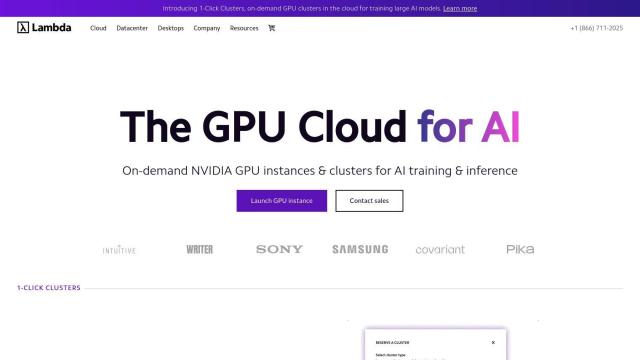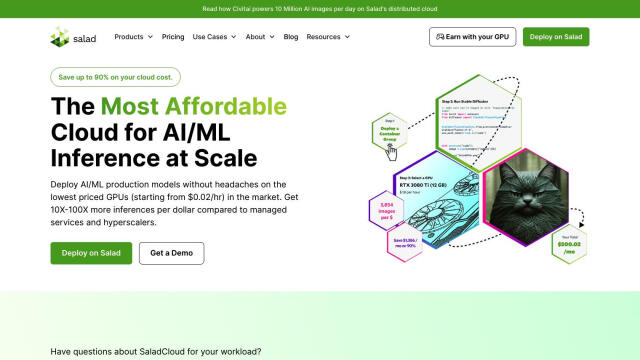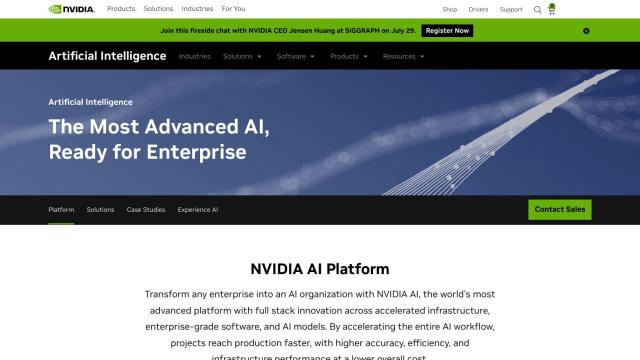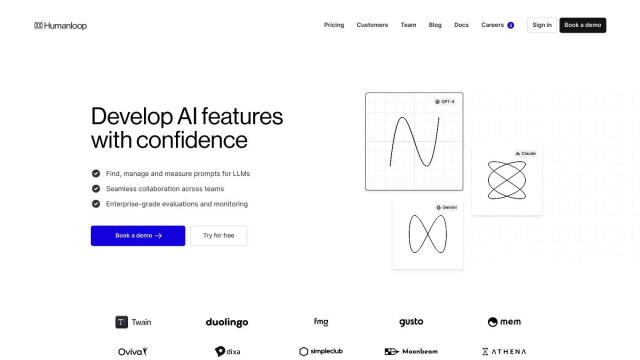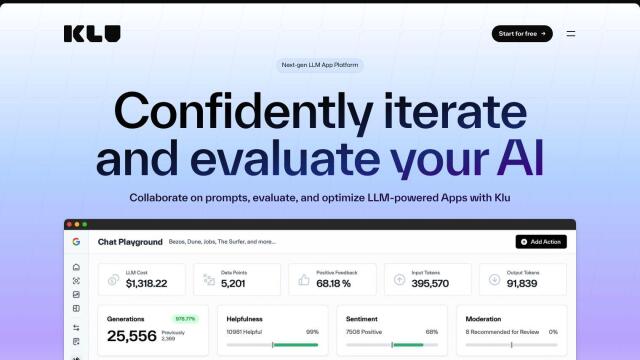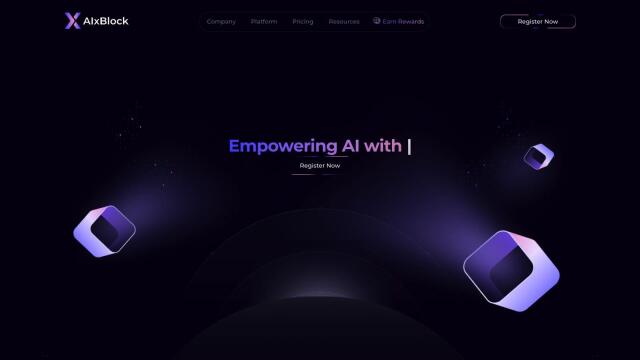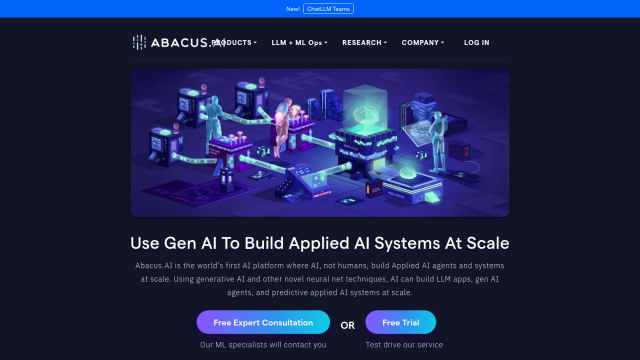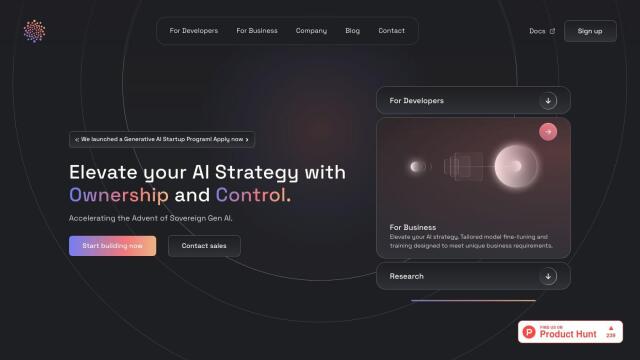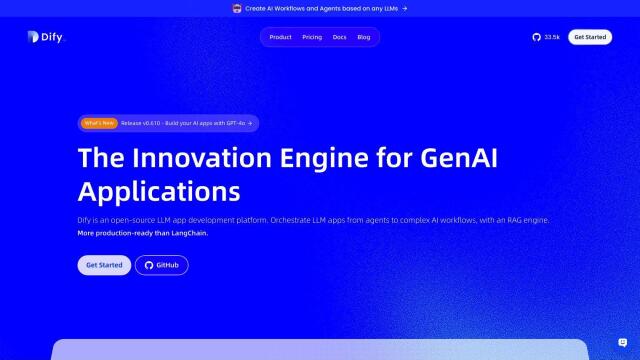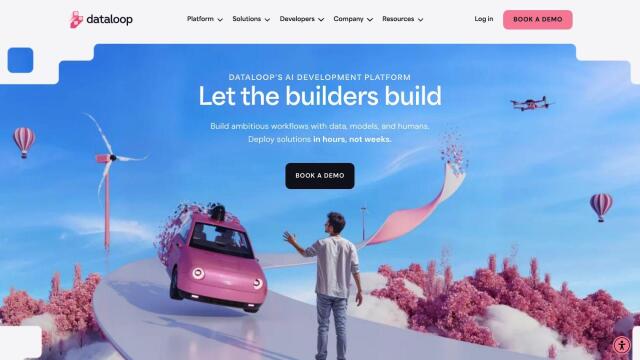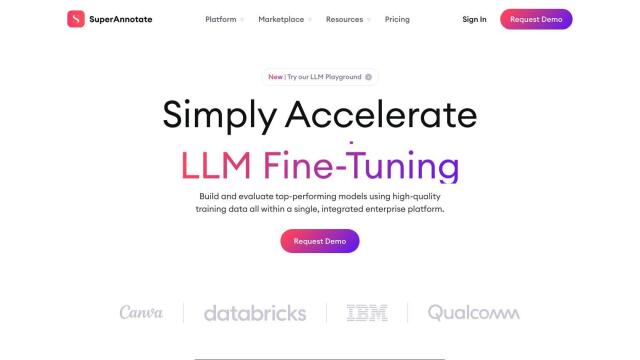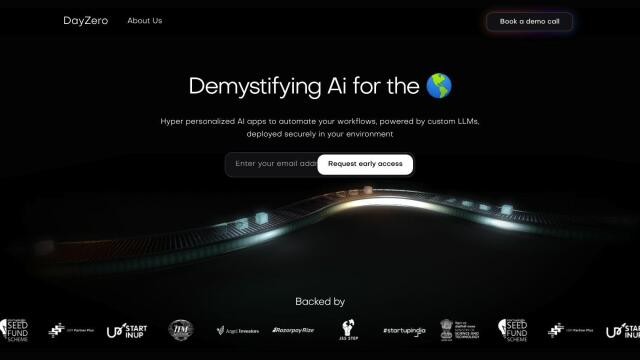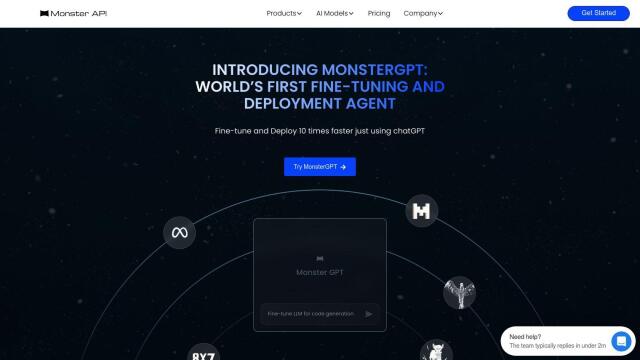
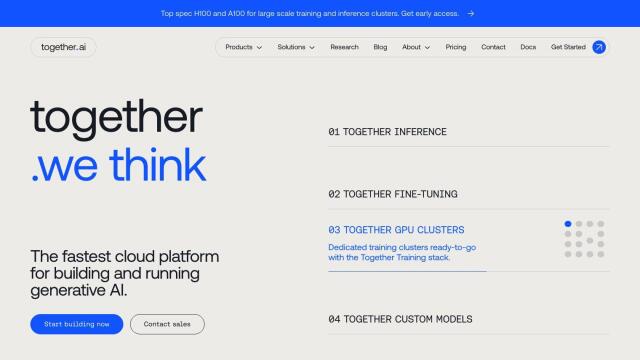
Together
If you're looking for a Cerebras alternative, Together is worth a look. It's a cloud-based platform for training and deploying generative AI models at scale and at a lower cost. With features like Cocktail SGD, FlashAttention 2 and Sub-quadratic model architectures, it accelerates AI model training and inference. The platform supports a variety of models and has scalable inference for high traffic. It also offers collaborative tools for fine-tuning models and testing, making it a good option for companies that want to build private AI models directly into their products.
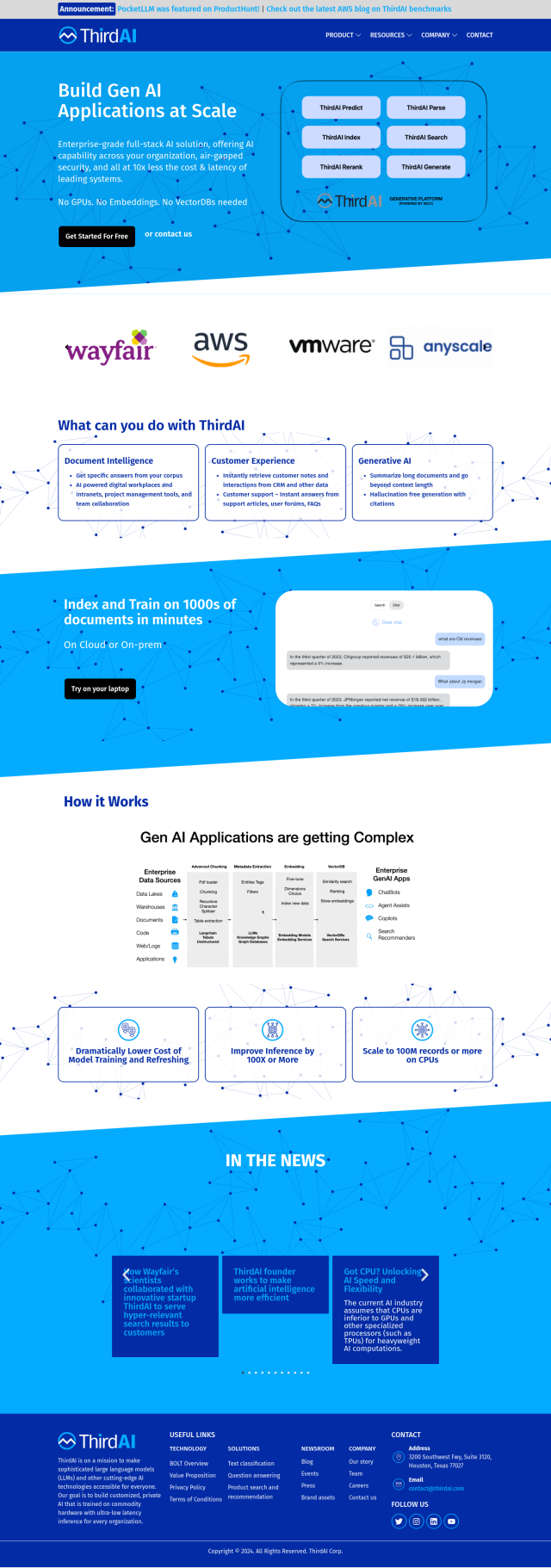
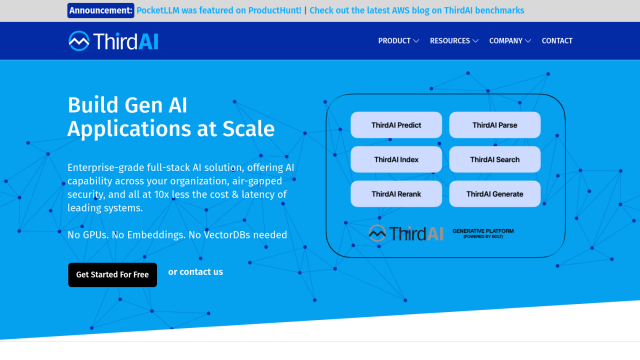
ThirdAI
Another contender is ThirdAI, which is designed to make large language models and other AI technologies accessible and customizable to any organization without requiring specialized hardware. It has tools for document intelligence, customer experience, and generative AI for summarizing long documents. The platform performs well in benchmark tests like sentiment analysis and information retrieval, with higher accuracy and lower latency than traditional methods. That makes it a good option for companies that want to build AI directly into their operations without requiring a major hardware investment.

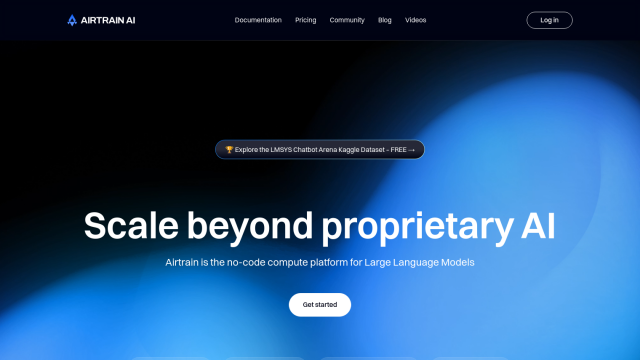
Airtrain AI
If you're looking for something more accessible and affordable, Airtrain AI could be the way to go. It's a no-code compute platform for data teams, with tools for working with big language models, including an LLM Playground and fine-tuning abilities. It also offers AI Scoring for evaluating models and a Community Support system, so teams can quickly evaluate, fine-tune and deploy custom AI models. With its tiered pricing, including a free Starter plan, it's an affordable option for accessing and using AI models.

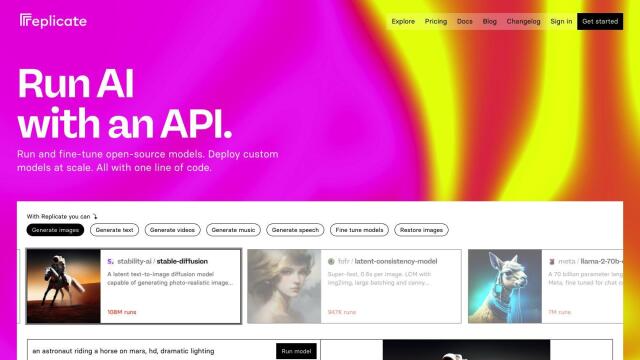
Replicate
Last, Replicate is an API-based service that makes it easier to run and scale open-source machine learning models. It also comes with a library of pre-trained models for different tasks and can be deployed with a one-line deployment feature. With automatic scaling and fine-tuning, Replicate is geared for developers who want to add AI abilities without worrying about the underlying infrastructure. Its pay-per-use pricing means you only pay for what you use, too, so it's a good option if you want flexibility and affordability.

